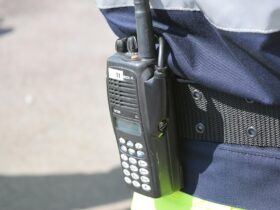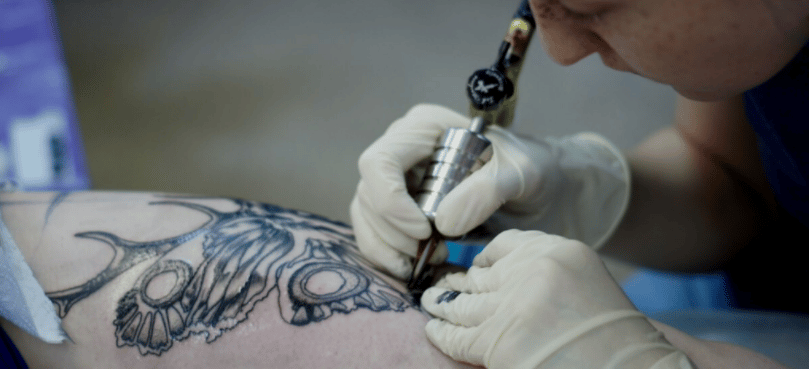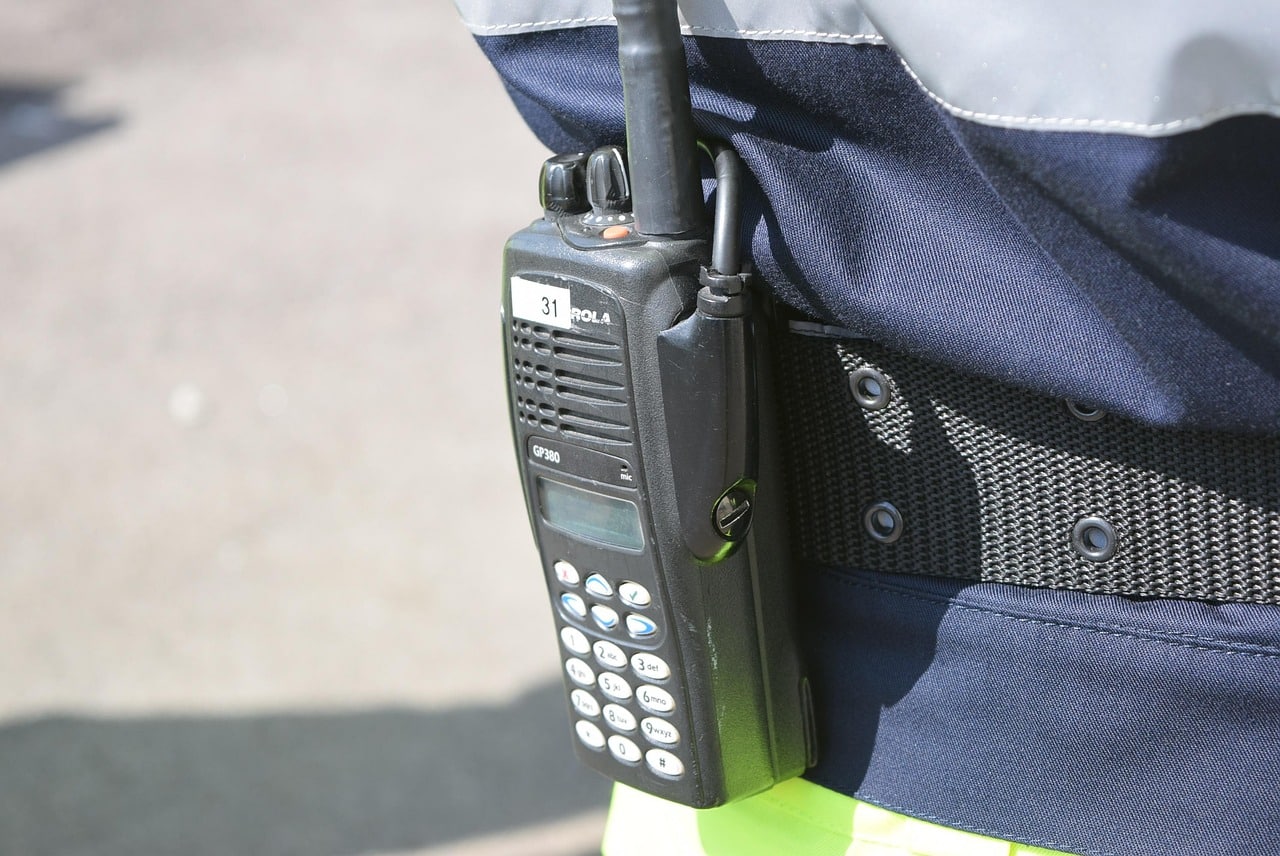There’s something incredible about getting off the grid – the fresh air, the stillness, and the space to breathe are amazing. But once you’re out there, you realize how quickly the basics can become complicated. Communication, for instance. Cell phones may be part of our everyday routine, but they fall short fast in rugged or remote places. That’s when a walkie-talkie stops being optional and starts feeling essential.
If you’ve ever lost service mid-hike or tried to coordinate across a wide-open trail system, you know how frustrating (even risky) it can be. Reliable communication isn’t just about convenience; it’s a real safety issue. Walkies bridge the gap where phones fail.
When Phones Go Silent
Remote areas don’t always come with warning signs about signal loss. One minute you’re scrolling weather updates, and the next you’re staring at “No Service.” And while offline maps and planning apps are helpful, they’re not much use in a real-time emergency.
A walkie-talkie doesn’t depend on towers, apps, or connections to work. You press a button, you talk, and the person on the other end hears you instantly. That kind of immediacy is hard to beat; especially when time matters.
Straightforward in a Functional Way
Walkies aren’t flashy. That’s their strength. Most models stick to the basics: turn it on, pick a channel, and start talking. There is little to no learning curve. And there is no need to fiddle with settings or download updates before heading out. They’re a solid pick for outdoor groups – especially those with a mix of experience levels.
Whether you’re leading a youth trip or camping with family, it helps when everyone knows how to stay in touch. And if your hands are full, voice-activated options make it easy to talk while moving.
Smart for Safety, Easy to Use
Two-way radios are dependable without needing much attention. You don’t have to worry about signal zones or software compatibility. You don’t need to be a tech expert. And that’s the point: when things go sideways, simple is better. Staying connected means fewer mistakes, faster adjustments, and more confidence when you’re far away from help.
Whether you’re setting up camp, heading in different directions, or dealing with a sudden change in plans, a walkie-talkie keeps the whole group on the same page.
Ready for the Tough Stuff
The outdoors means unpredictability. That’s why most two-way radios are built tough – water-resistant, dustproof, and built to survive a few knocks. A lot of them come with long battery life and extras like built-in flashlights or weather alerts.
Some even float, which is a big bonus near water. And when you’re miles from a charger, a few backup batteries go a long way. Walkies keep working, even when everything else shuts down.
Why Every Remote Trip Needs a Walkie-Talkie
Out in the wild, the quality of your connection counts. A walkie isn’t just a backup plan; it’s a must-have. For hikers, campers, guides, and anyone exploring far from the city, it’s one of the smartest, simplest tools you can carry. Keep one in your pack, and you’re not just prepared – you’re completely covered.
Related: The Role of Phone Validator Services for Cost Reduction in Business Communications


















Active Noon Media is the largest local to national digital media website that represents the voice of the entire nation.